GUM PROCEDURES
Gum procedures, also known as periodontal procedures, encompass a range of dental treatments that focus on the health and appearance of the gums (gingiva) and supporting structures of the teeth. These procedures are typically performed by periodontists, who are dental specialists trained in diagnosing, treating, and preventing gum diseases. Here are some common gum procedures:
Scaling and Root Planing (Deep Cleaning)
This is a non-surgical procedure that involves removing plaque and tartar buildup from above and below the gumline (scaling) and smoothing the tooth roots to eliminate bacterial toxins (root planing). It is commonly used to treat gingivitis and mild to moderate periodontitis.
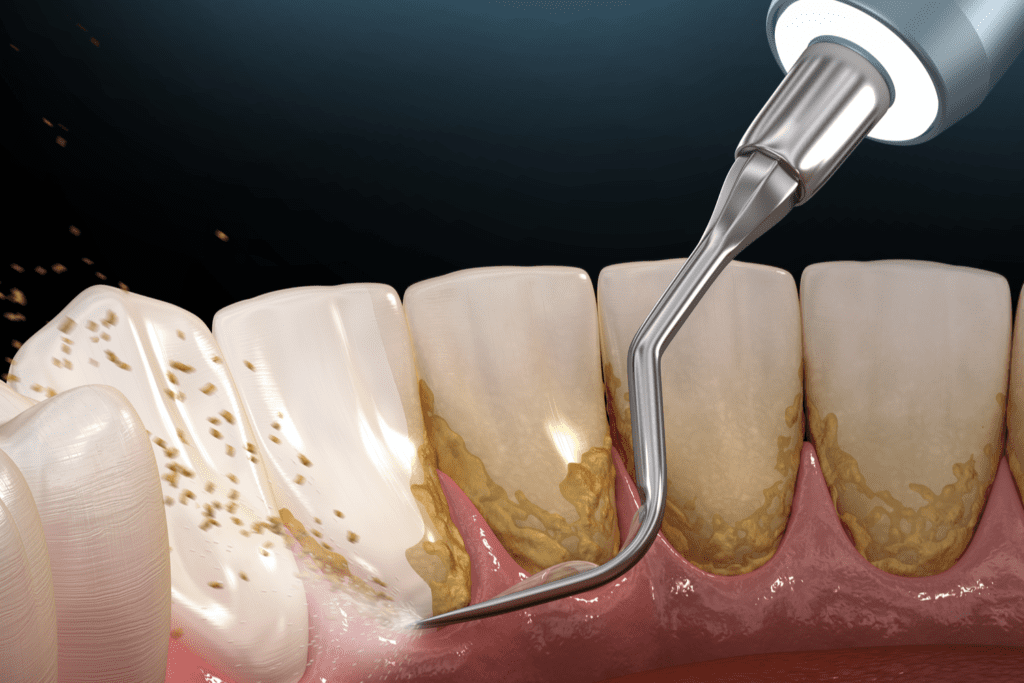
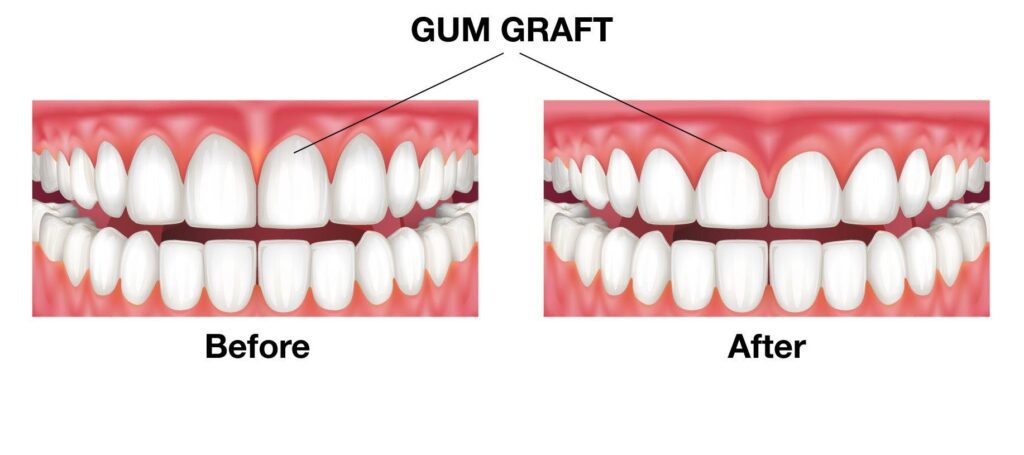
Gum Grafting
Gum grafting is a surgical procedure used to treat gum recession. During the procedure, gum tissue is taken from one part of the mouth (often the palate) and attached to areas where the gums have receded, covering exposed tooth roots and improving gum aesthetics.
Pocket Reduction Surgery (Flap Surgery)
In cases of advanced periodontitis, deep pockets can form between the teeth and gums, allowing bacteria to accumulate and cause damage. Flap surgery involves lifting the gum tissue, removing bacteria, and reducing pocket depth to promote gum attachment and facilitate better oral hygiene.
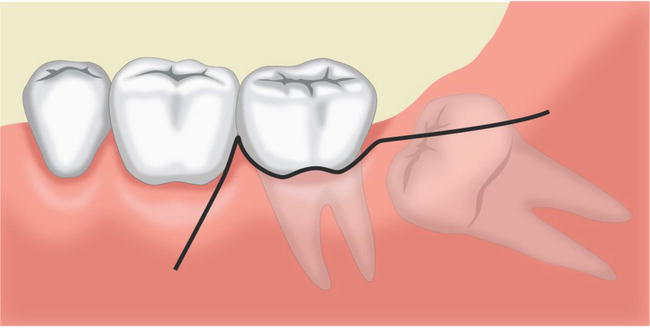
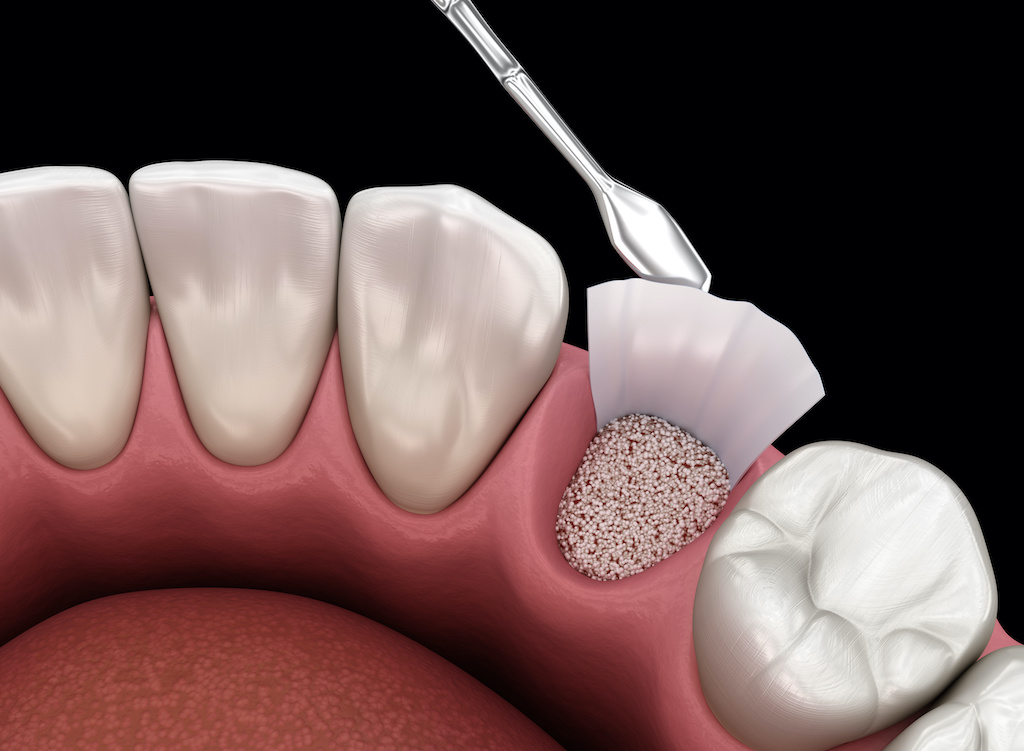
Bone Grafting
Bone grafting procedures involve adding bone or bone-like materials to areas where bone has been lost due to gum disease or tooth extraction. This is often done to create a stable foundation for dental implants or to restore bone density.
Guided Tissue Regeneration (GTR)
GTR is a surgical procedure used in conjunction with bone grafting to encourage the regeneration of bone and tissue lost due to periodontal disease. A barrier membrane is placed to prevent gum tissue from growing into the bone area, allowing bone cells to regenerate.

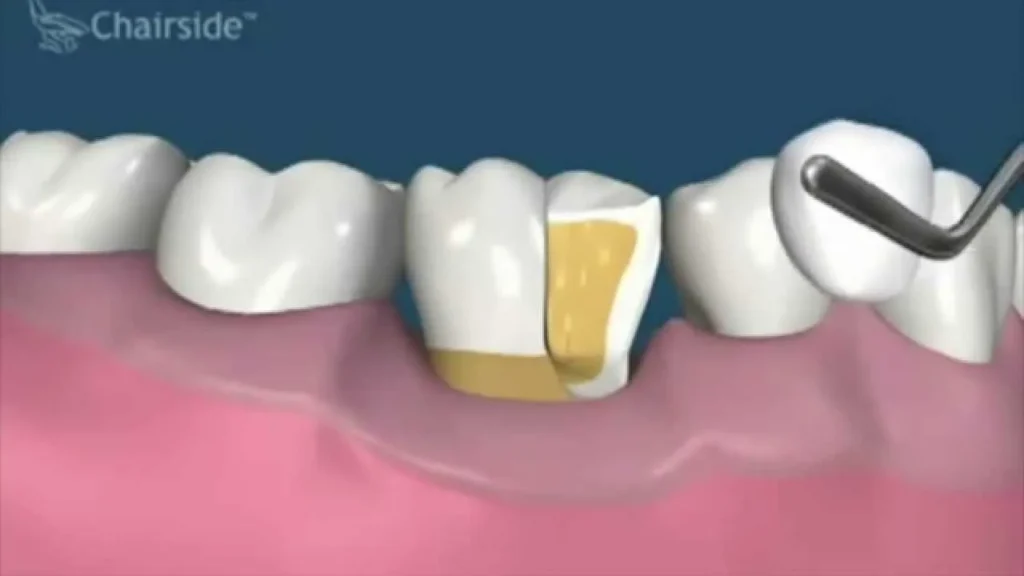
Crown Lengthening
Crown lengthening is a procedure used to expose more of the tooth’s structure, often to prepare for restorative or cosmetic treatments. It involves removing excess gum tissue and, if necessary, a small amount of bone to achieve the desired tooth exposure
Gingivectomy
A gingivectomy is the surgical removal of excess gum tissue. It may be performed to eliminate “gummy” smiles, reduce pockets, or improve the appearance of the gums.
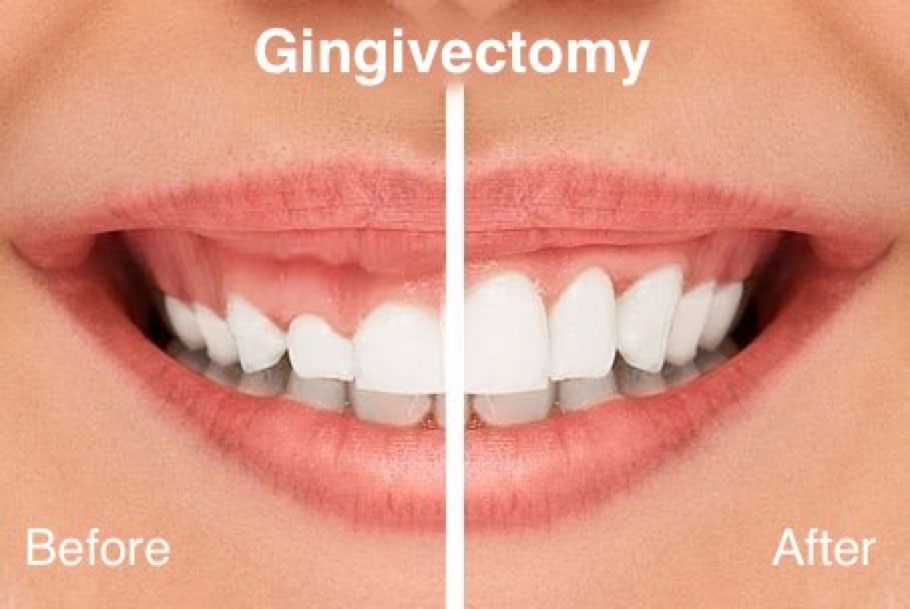

Frenectomy
A frenectomy is the removal or repositioning of a small piece of tissue (frenum) that attaches the lips, tongue, or cheeks to the gums. It is often done to correct issues like tongue tie or to improve the stability of dentures.
Soft Tissue Grafting
Similar to gum grafting, soft tissue grafting involves transplanting healthy gum tissue to areas where the gums have receded. It can improve both the appearance and health of the gums.
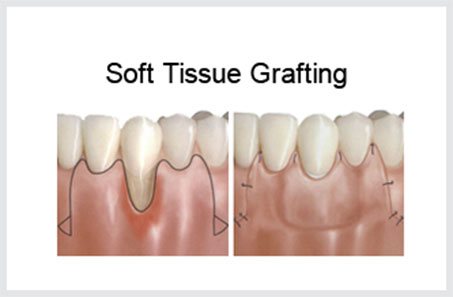
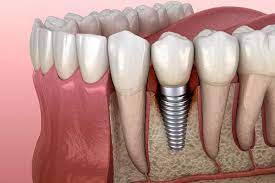
Peri-Implantitis Treatment
Peri-implantitis is inflammation and infection around dental implants. Gum procedures may be needed to address infection, inflammation, and bone loss around the implant.
These are just a few examples of gum procedures aimed at improving gum health, treating gum disease, and enhancing the appearance of the smile. Contact us If you have concerns about your gum health, it’s important to consult with a dentist or periodontist who can evaluate your condition and recommend appropriate treatments.
